Equipment
TESTING: Fujikura Atmos “Tour Spec” Red vs Atmos Red driver shafts
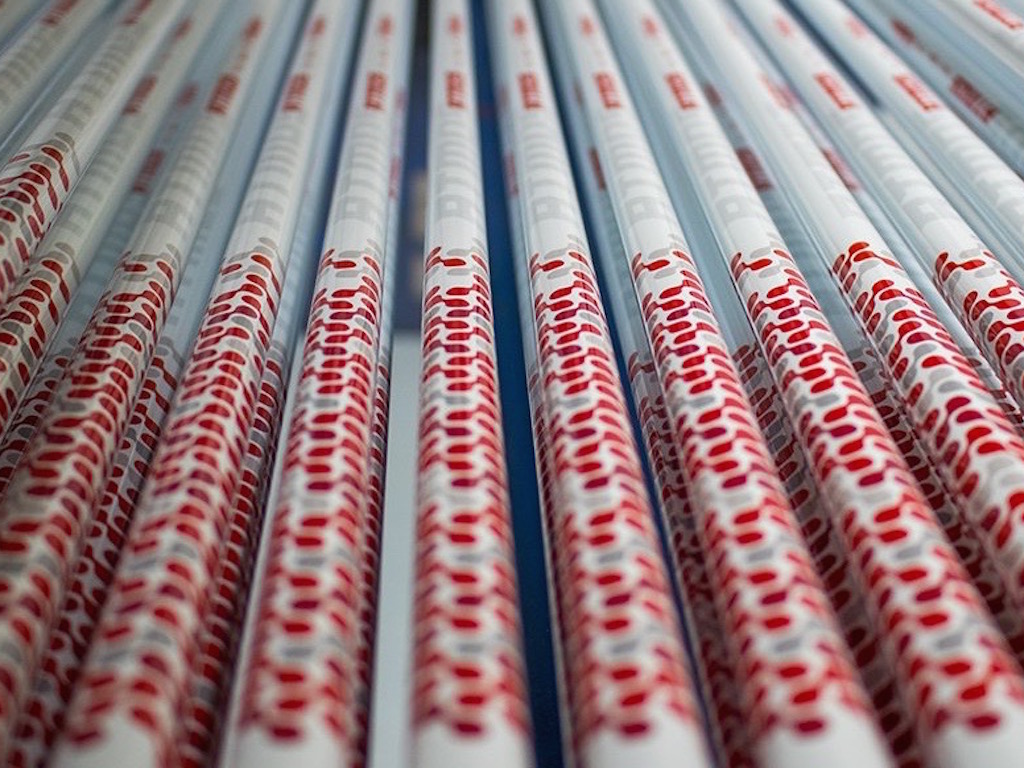
For an average golfer, what’s the difference between a regular Fujikura Atmos Red shaft and a “Tour Spec” Atmos Red? That’s what we wanted to find out.
In our new club testing series, average golfers will be hitting either different shafts or different club heads, testing them against each other. The process will simply be to hit an equal number of shots with each shaft or club head, eliminating any outliers, and then report the numbers. These are all one-variable tests. Since the club tests are all done at Club Champion in Royal Oak, Michigan, the testing is under direct supervision of professional fitters.
First, some information about both shafts in this test.
Fujikura Atmos Tour Spec Red 6S facts
![]()
Fuji says: “New for 2017, the Atmos Tour Spec line is geared towards the performance golfer looking to keep the ball flighted down with low spin. Continuing with our iconic ‘Tour Spec white’ paint, Atmos is a true tour flighted line of shafts with a simple color coding – red as the higher launching, blue as mid launch, black as the lowest launch – similarities include keeping the handle flexes the same for feel, but adjusting mid and tip sections for launch and spin to achieve your desired ball flight.”
Specs
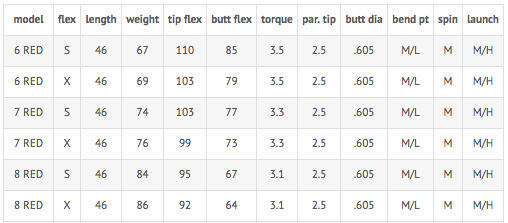
Fujikura Atmos Red 6S facts

Fuji says: “New for 2018, we’re excited to introduce the higher launching and softer profile Atmos. The Atmos has a similar design profile to the Tour Spec version, but is geared towards fitting a wider spectrum of golfers. The Atmos has a consistent, smooth feel, and has the red launch profile to signify the higher flight and spin… the blue profile is for mid launch and spin performance.”
Specs
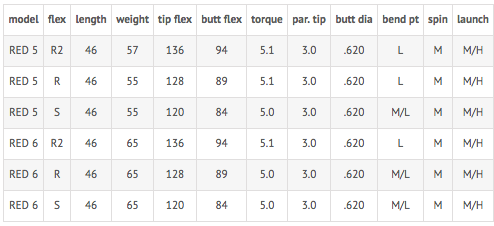
The Test
We had two testers each hit the Fujikura Atmos Red Tour Spec 6S against a Fujikura Atmos Red 6S. Player A is a lefty and a 17-handicap. Player B is a righty and a 9-handicap. Both fight shots to the left (one being a slice, one being a hook, respectively). Here’s what happened when they both hit the shafts:
Player A
| Atmos Red TS Red 6S | Atmos Red 6S | |
|---|---|---|
| Club Speed | 91.6 mph | 91.4 mph |
| Ball Speed | 128.3 mph | 127.1 mph |
| Smash factor | 1.40 | 1.39 |
| Spin Rate | 5339 rpm | 5194 rpm |
| Side | 129.8 L | 143.9L |
| Launch | 14.8 degrees | 16.0 degrees |
| Carry | 186.6 yards | 185 yards |
| Total | 198.4 yards | 196.1 yards |
| Height | 92 feet | 97 feet |
| Attack Angle | -3.6 degrees | -3.4 degrees |
Player B
| Atmos TS Red 6S | Atmos Red 6S | |
|---|---|---|
| Club Speed | 103.4 mph | 104.3 mph |
| Ball Speed | 150.2 mph | 150.8 mph |
| Smash Factor | 1.45 | 1.44 |
| Spin Rate | 2652 rpm | 2915 rpm |
| Side | 74.1 L | 65.8 L |
| Launch Angle | 12.1 degrees | 11.4 degrees |
| Carry | 246.5 yards | 242.7 yards |
| Total | 272.0 yards | 267.2 yards |
| Height | 88 feet | 89 feet |
| Attack Angle | -0.9 degrees | -2.0 |
- LIKE123
- LEGIT21
- WOW12
- LOL8
- IDHT5
- FLOP11
- OB4
- SHANK36
Whats in the Bag
Ben Kohles WITB 2024 (May)
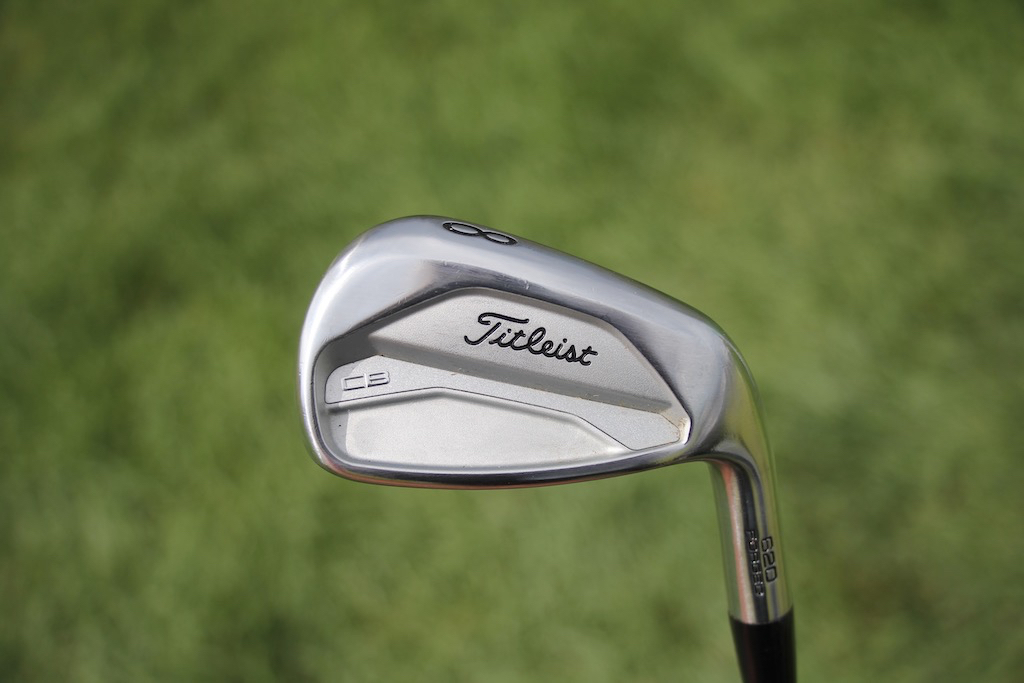
Driver: Titleist TSR3 (9 degrees, D1 SureFit setting)
Shaft: Fujikura Ventus Blue 6 X
3-wood: TaylorMade Stealth Plus (15 degrees)
Shaft: Fujikura Ventus Blue 8 X
Hybrid: Titleist TSR3 (19 degrees, D1 SureFit setting)
Shaft: Fujikura Ventus Blue HB 9 x
Irons: Titleist T200 (4, 5), Titleist 620 CB (6-9)
Shafts: Project X 6.0
Wedges: Titleist Vokey Design SM10 (46-10F, 50-12F, 54-12D, 60)
Shafts: Project X 6.0
Putter: Scotty Cameron P5 prototype
Grips: Golf Pride Tour Velvet
Ball: Titleist Pro V1
- LIKE2
- LEGIT0
- WOW0
- LOL0
- IDHT0
- FLOP0
- OB0
- SHANK0
Whats in the Bag
Kris Kim WITB 2024 (May)

- Kris Kim what’s in the bag accurate as of the CJ Cup Byron Nelson. More photos from the event here.
Driver: TaylorMade Qi10 (9 degrees @7)
Shaft: Mitsubishi Tensei 1K White 60 TX
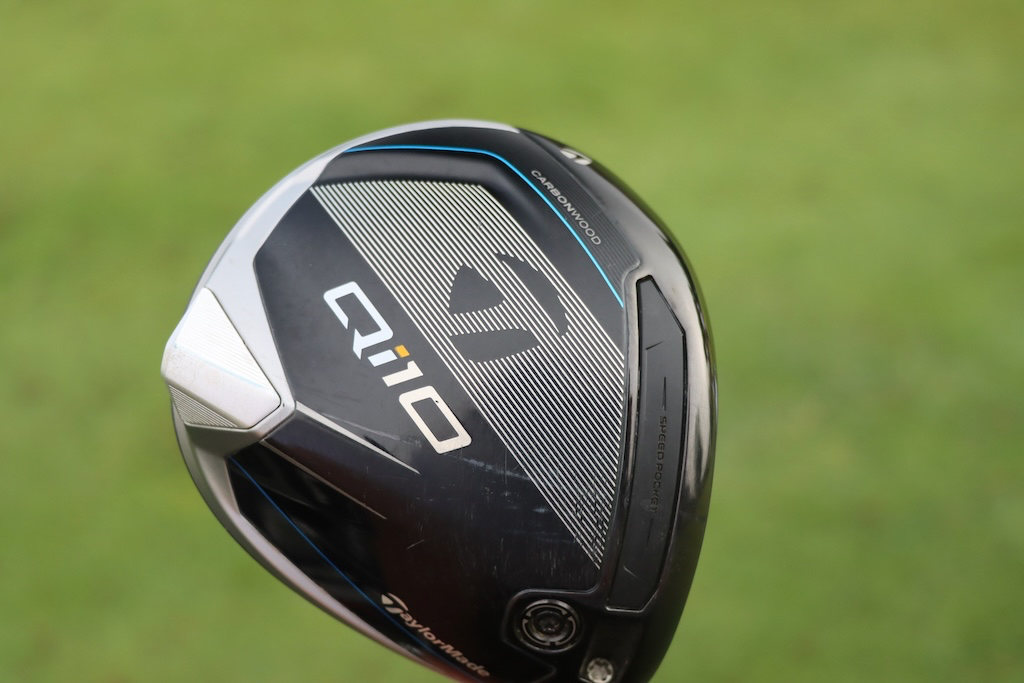

3-wood: TaylorMade Qi10 Tour (15 degrees @13.5)
Shaft: Mitsubishi Diamana WB 73 TX
Irons: TaylorMade P770 (2, 4), TaylorMade P7MB (5-PW)
Shafts: Mitsubishi Tensei 1K White 80 TX (2), Nippon N.S. Pro Modus3 Tour 120 X
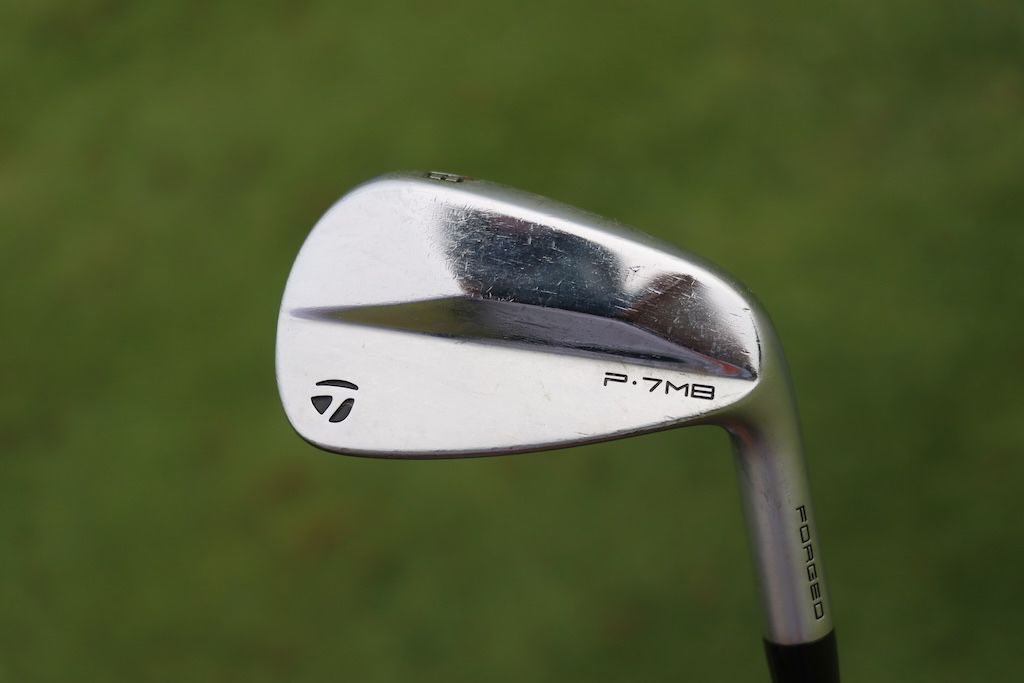

Wedges: TaylorMade MG4 (50-09SB, 56-12SB, 60-11TW)
Shafts: Nippon N.S. Pro Modus3 WV 125
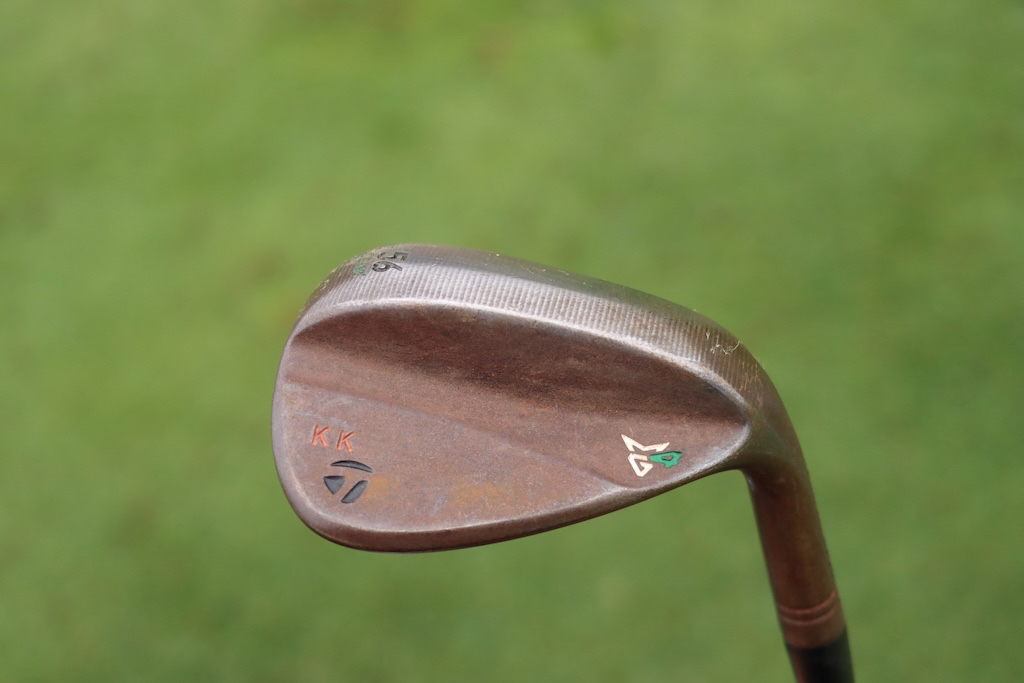

Putter: TaylorMade Spider Tour
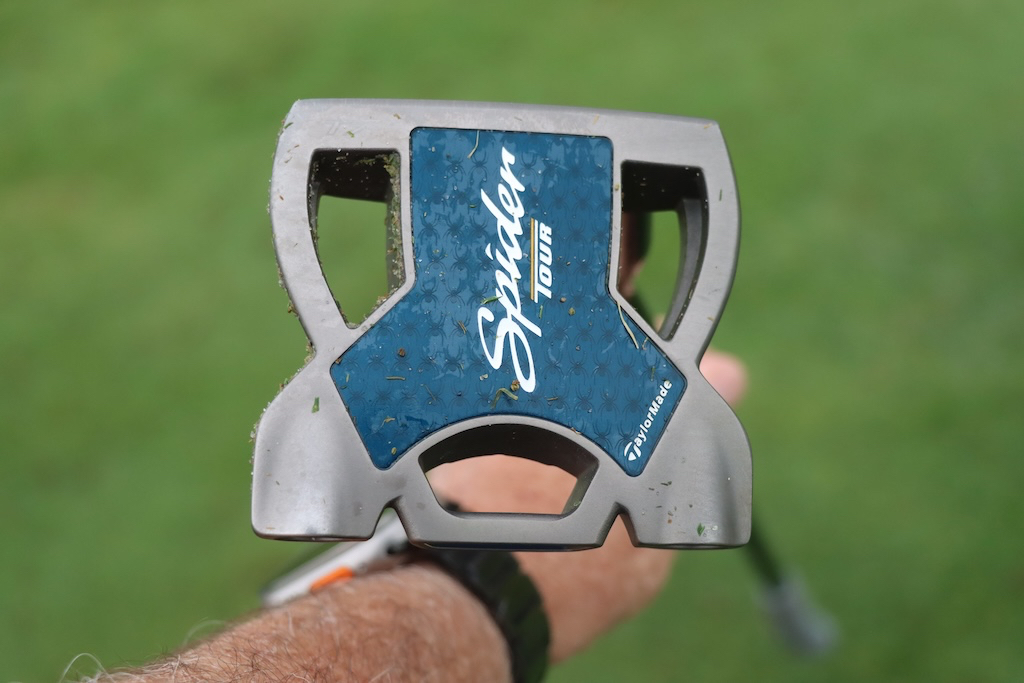
Grips: Golf Pride Tour Velvet Cord
Check out more in-hand photos of Kris Kim’s equipment here.
View this post on Instagram
- LIKE1
- LEGIT0
- WOW0
- LOL0
- IDHT0
- FLOP0
- OB0
- SHANK0
Equipment
Welcome to the family: TaylorMade launches PUDI and PDHY utility irons
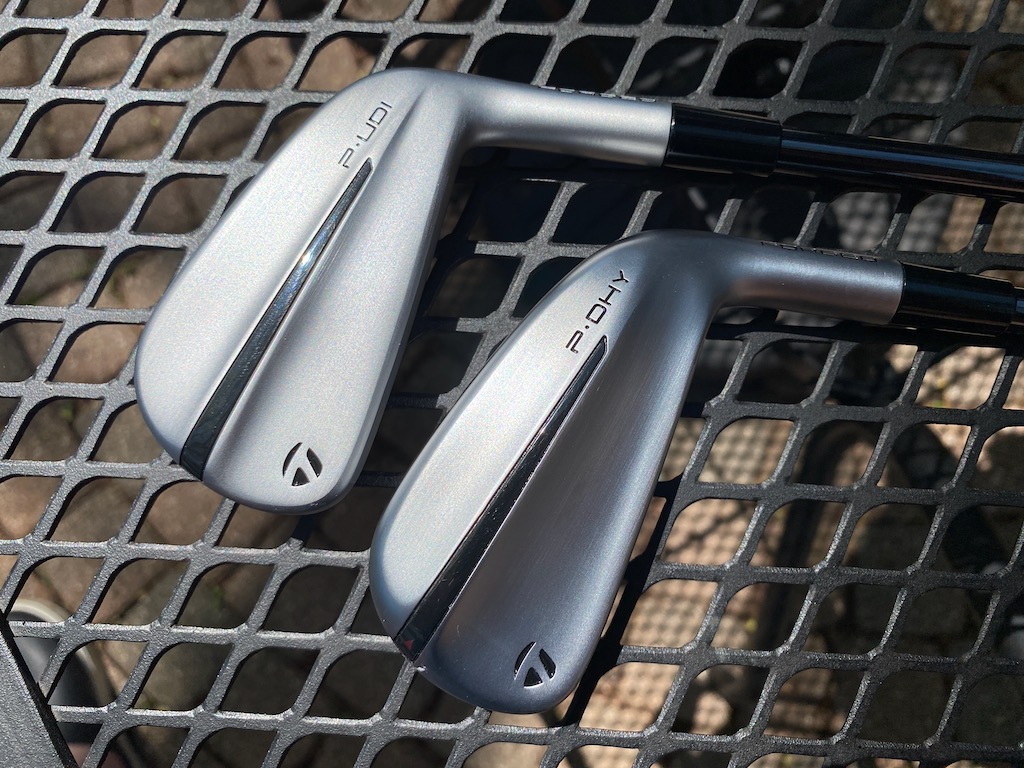
TaylorMade is continuing its UDI/DHY series with the successor to the Stealth UDI and DHY utility irons: PUDI and PDHY (which the company styles as P·UDI and P·DHY). TaylorMade is folding the designs in with its P Series of irons.
TaylorMade outlined the process of developing its new utilities this way. The company started with the data on utility iron usage. Not surprisingly, better players — i.e. those who generate more clubhead speed and strike the ball more precisely — were found to gravitate toward the UDI model. DHY usage, however, covered a wider swath than the company might have expected with six-to-18 handicappers found to be bagging the club.
TaylorMade also found that the majority of golfers playing UDI or DHY utilities were playing P Series irons at the top of their iron configurations.
Can you see where this is going?
Matt Bovee, Director of Product Creation, Iron and Wedge at TaylorMade: “As we look to the future, beyond the tech and the design language, we are excited about repositioning our utility irons into the P·Series family. P·UDI is an easy pair for players that currently play P·Series product and P·DHY is an extremely forgiving option for players of all skill levels. It is a natural fit to give these players the performance in this category that they are looking for.”
View this post on Instagram
TaylorMade PUDI
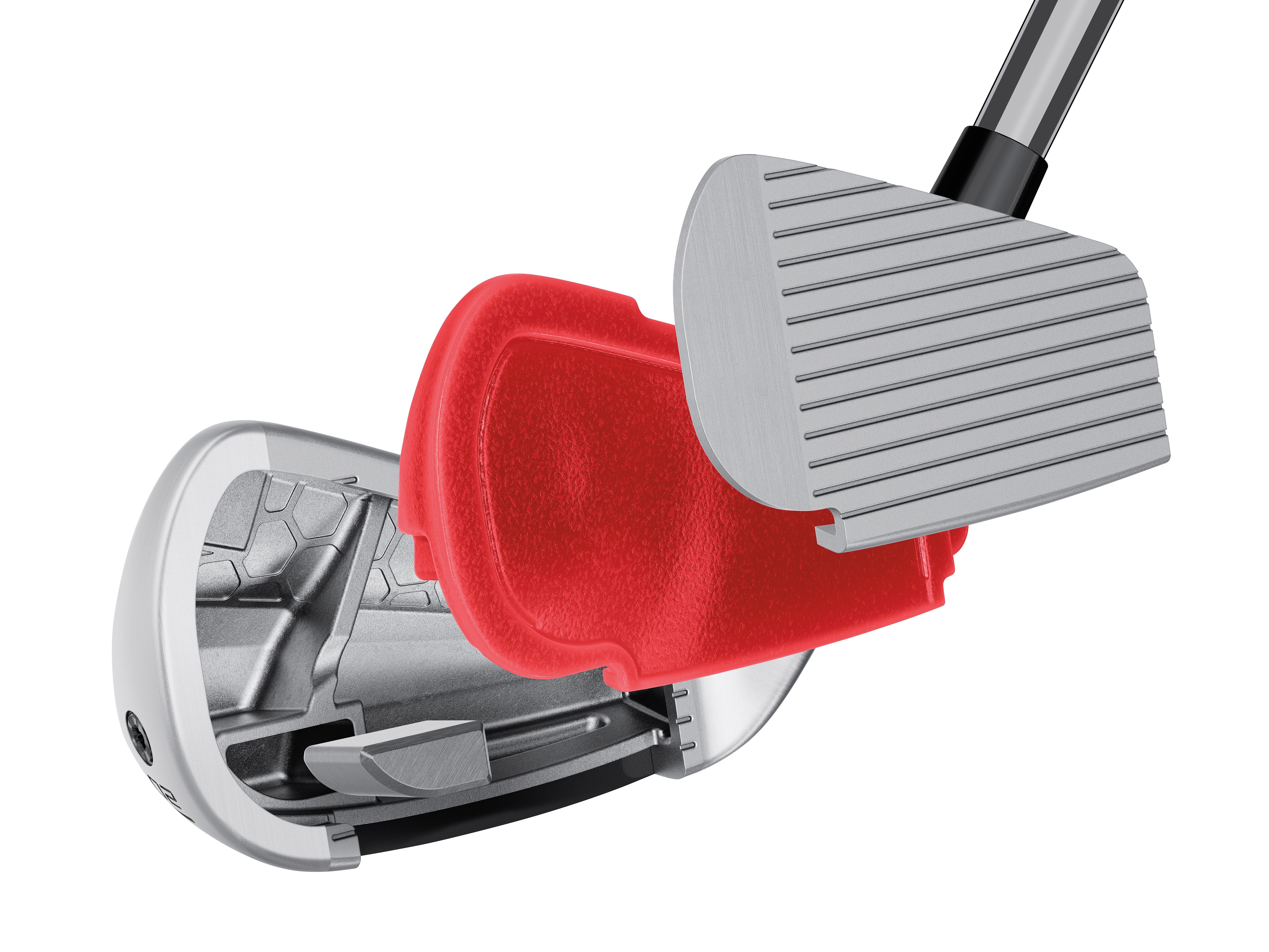
TaylorMade PUDI technology cutaway (via TaylorMade)
Crafted with tour player input, TaylorMade sought to develop a confidence-inspiring utility iron that blends with the rest of the P Series irons. Also of note: Interestingly, the PUDI has a more compact head than the P790.
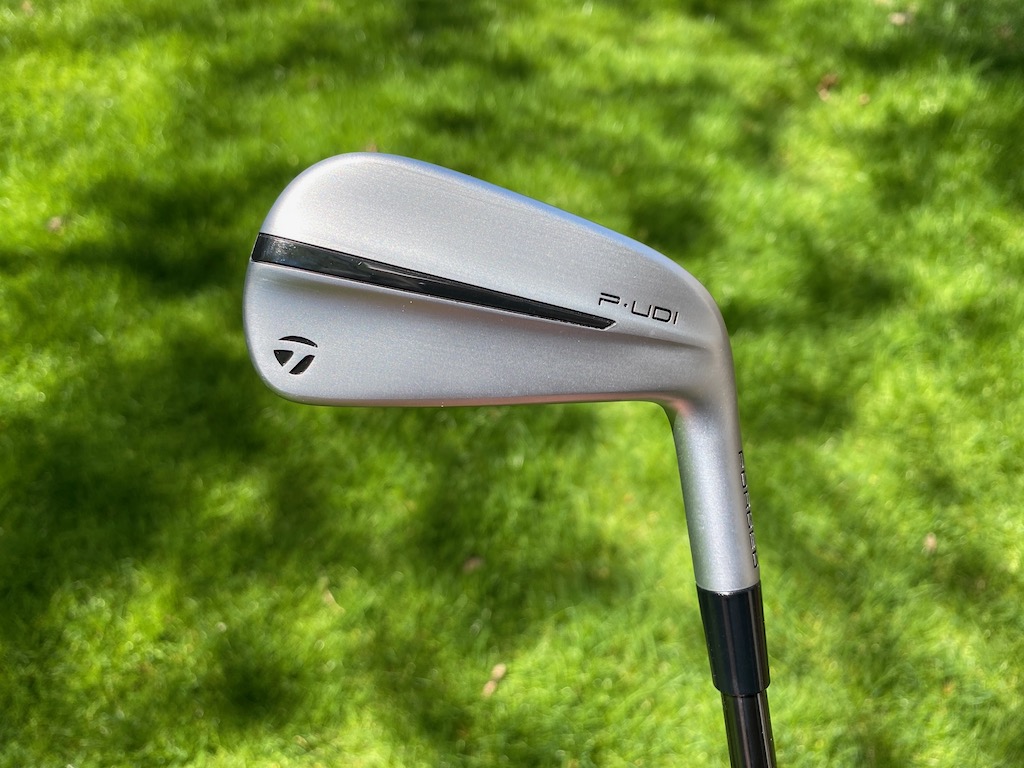
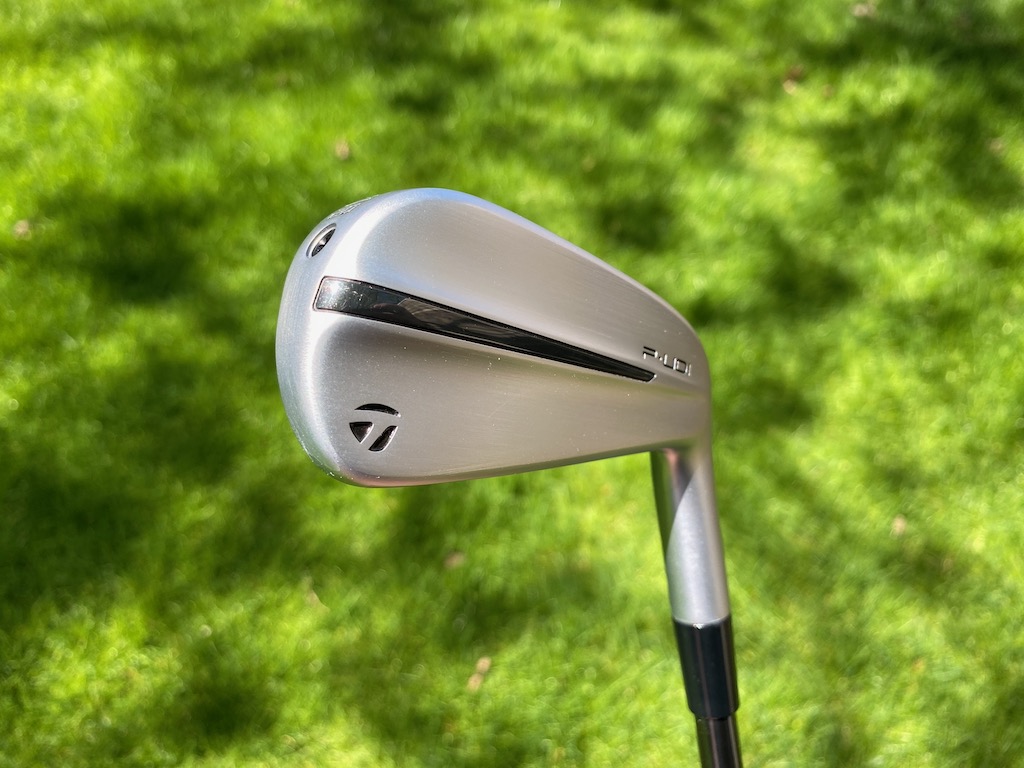
In comparison to past UDI products, the PUDI has a more traditional iron shape, slimmer toplines, and less offset with a little of the backbar visible at address.
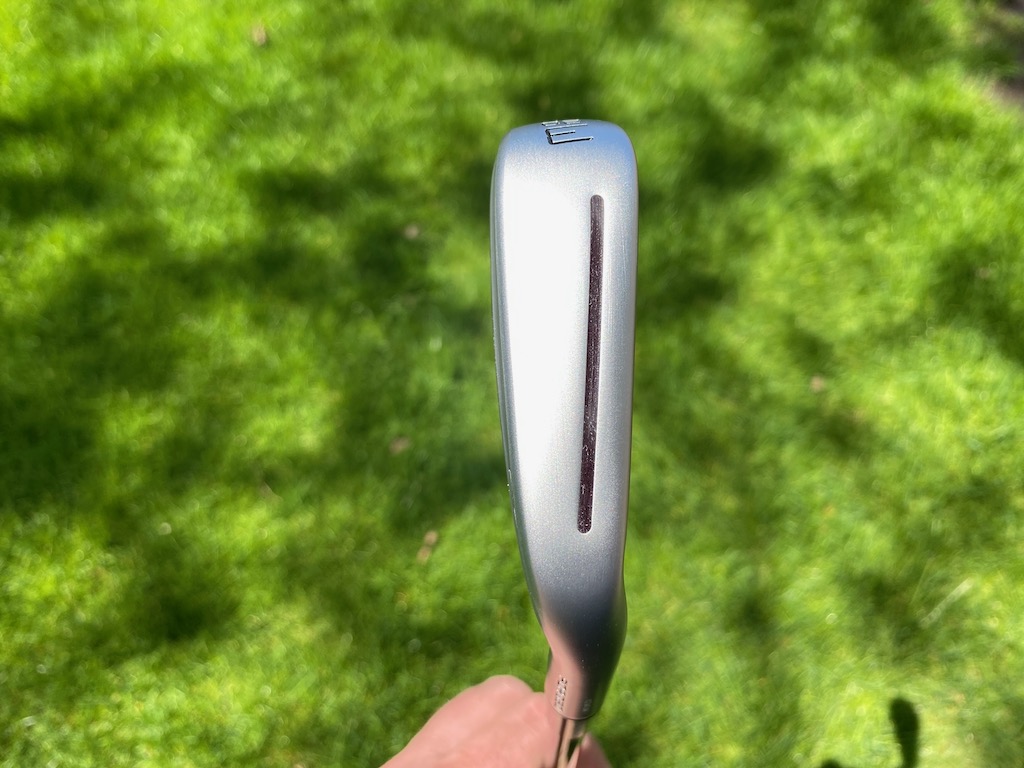

TaylorMade PDHY
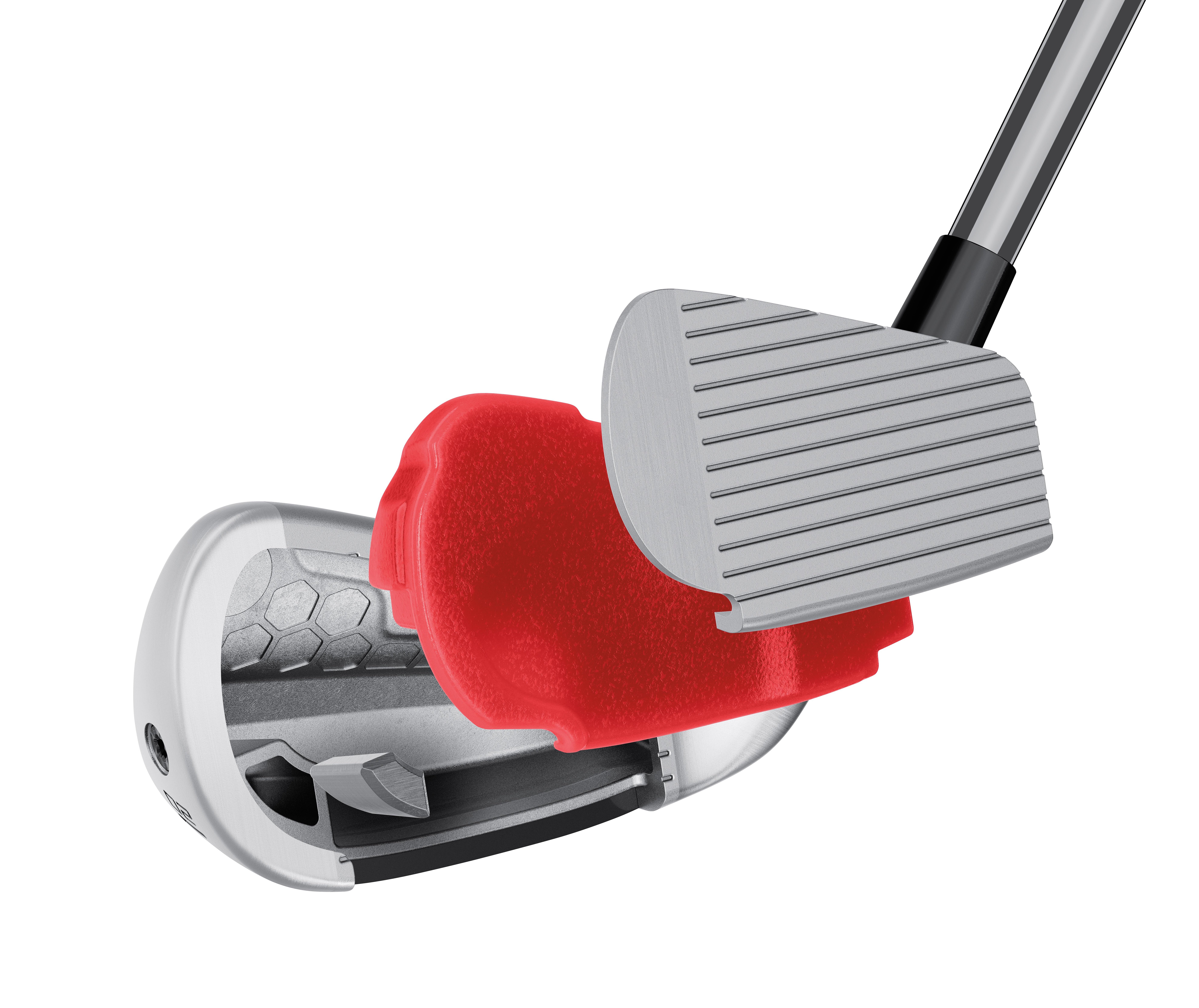
TaylorMade PDHY tech cutaway (via TaylorMade).
Larger in profile than the PUDI, the PDHY seeks to position center of gravity (CG) lower in the club for ease of launch. The toe height is larger and the profile is larger at address — roughly five millimeters longer than PUDI — the sole of the club is wider for improved forgiveness.
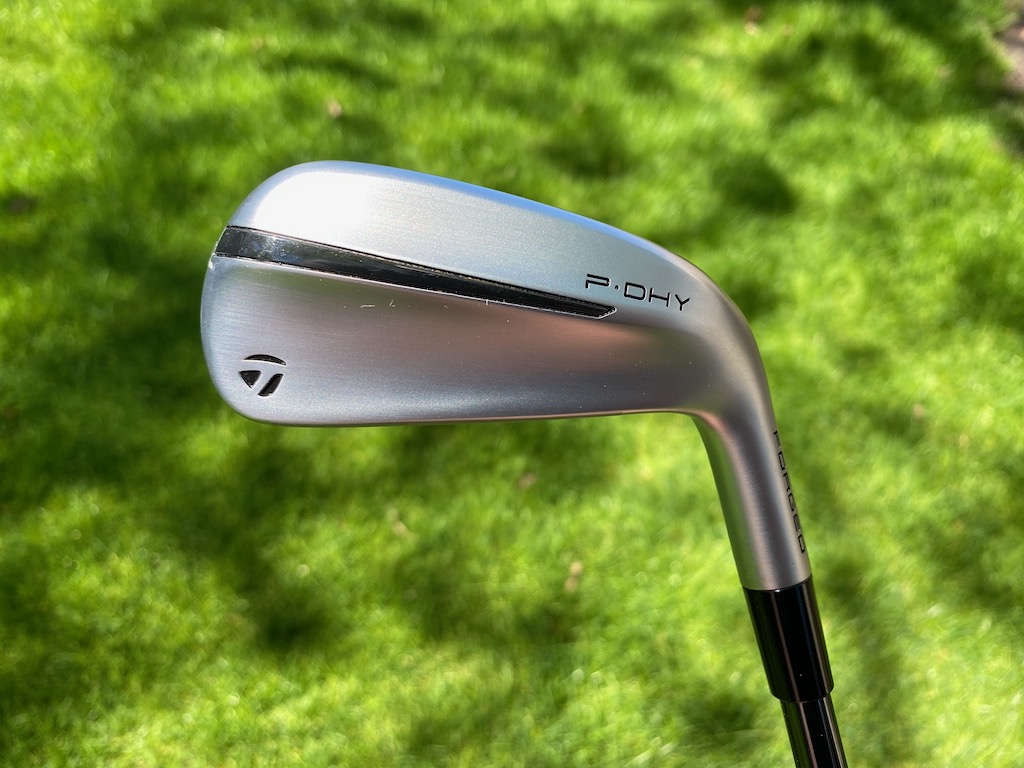



Club Junkie’s take
Golfers who feel like they are missing something at the top of the bag could find the PUDI or PDHY a great option. The look of the PUDI should fit the most discerning eye with a more compact look, less offset, and a thinner topline. If you want a little more confidence looking down the P-DHY will be slightly larger while still being a good-looking utility iron.
For being small packages both models pack a pretty good punch with fast ball speeds, even off-center. The feel is soft and you get a solid feel of the ball compressing off the face when you strike it well. Your ears are greeted with a nice heavy thud as the ball and club come together. The PDHY will launch a little higher for players who need it while the PUDI offers a more penetrating ball flight. Both utility irons could be the cure for an open spot in the top end of the bag.
PUDI, PDHY, or Rescue?
TaylorMade offers the following notes to assist golfers in filling out their bags:
- PUDI has mid-CG right behind the center face to create a more penetrating mid-to-low ball flight
- PDHY has a lower center of gravity to produce an easier-to-launch mid-to-high ball flight.
- Both PUDI and PDHY are lower-flying than the company’s hybrid/Rescue clubs.
- PUDI is more forgiving than P790.
- PDHY is the most forgiving iron in the entire TaylorMade iron family
Pricing, specs, and availability
Price: $249.99
At retail: Now
Stock shafts: UST Mamiya’s Recoil DART (105 X, 90 S and 75 R – only in PDHY)
Stock grip: Golf Pride’s ZGrip (black/grey)
PUDI lofts: 2-17°, 3-20°, 4-22° in both left and right-handed
PDHY lofts: 2-18°, 3-20° and 4-22° in both left and right-handed
- LIKE15
- LEGIT5
- WOW4
- LOL4
- IDHT1
- FLOP2
- OB3
- SHANK5
-

 19th Hole2 weeks ago
19th Hole2 weeks agoJustin Thomas on the equipment choice of Scottie Scheffler that he thinks is ‘weird’
-

 19th Hole2 weeks ago
19th Hole2 weeks ago‘Absolutely crazy’ – Major champ lays into Patrick Cantlay over his decision on final hole of RBC Heritage
-

 19th Hole3 weeks ago
19th Hole3 weeks agoTwo star names reportedly blanked Jon Rahm all week at the Masters
-

 19th Hole3 weeks ago
19th Hole3 weeks agoReport: LIV Golf identifies latest star name they hope to sign to breakaway tour
-

 19th Hole3 weeks ago
19th Hole3 weeks agoNeal Shipley presser ends in awkward fashion after reporter claims Tiger handed him note on 8th fairway
-

 19th Hole3 weeks ago
19th Hole3 weeks agoBrandel Chamblee has ‘no doubt’ who started the McIlroy/LIV rumor and why
-

 19th Hole1 week ago
19th Hole1 week agoLET pro gives detailed financial breakdown of first week on tour…and the net result may shock you
-

 Equipment3 weeks ago
Equipment3 weeks agoJason Day on his recent switch into Srixon ZX5 and ZX7 Mk II irons









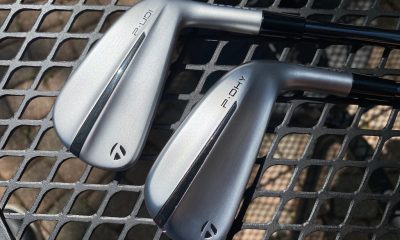















Jim Giles
Aug 24, 2018 at 12:03 pm
I was curious on the significant change in Attack Angle for Player B . Did the shaft cause this ? Cuz I am no expert, but wouldn’t that have a lot to do with the resulting Launch Angle (thus flight) being so different. Player B’s stats confused me.
Someone
Aug 24, 2018 at 11:19 am
Need more data. Greater sample size. Two players is insignificant especially considering the skill gap.
Bark Chuck
Aug 24, 2018 at 1:31 am
Did I miss the type of club head, loft, etc.?
CrashTestDummy
Aug 24, 2018 at 1:25 am
For any strong consistent swings, the standard Atmos Red will feel like a noodle and most likely have poor dispersion groupings compared to the TS Atmos Red. Those shafts are polar opposites in specs except for the name.
james
Aug 23, 2018 at 3:59 pm
Based on these numbers, one would think the stock shaft is really, really good!. why spend $300+ for the tour spec? does not seem worth it.
Kevin
Aug 23, 2018 at 1:01 pm
So even a “mid” and a “high” handicap golfer hit the tour spec shaft further…minimally, but further. If this is truly legit data it would seem there is no need to make both versions. Just make the tour spec and let everyone hit it a little further…
Jim Giles
Aug 24, 2018 at 12:01 pm
for a Manufacturer in making it, your comment is correct… .but for a consumer, these things are hundreds of dollars different. So I think it provides validation that for the weekend golfer you don’t need to spend $$$ on the Tour Spec shaft to get similar results.
Josh
Aug 25, 2018 at 1:00 am
Ding Ding Ding Ding Ding
The Club Nut
Sep 3, 2018 at 12:00 pm
They’re really not that different in price. If youre comparing the Atmos that comes “stock” in the M4 with the shaft they tested, you’d be comparing two different shafts. The graphics may be more similar than any Fujikura stock offering in recent years, but the final product is different. Having physically tested a stick Atmos red and an aftermarket Atmos red, the stock option is lighter flex (at same marked rating) and more tip soft.
Picky
Aug 23, 2018 at 11:49 am
You lost me at .620 butt diameter. I’m not spending hundreds of dollars on a shaft that I can’t have a standard size cord grip on.
The Club Nut
Sep 3, 2018 at 12:01 pm
You can stretch it, or have an undersize built up to standard.
Dan
Aug 23, 2018 at 11:31 am
This is a tiny sample size and TXG did a better version of this where they show how it affects the flight
Francis
Aug 23, 2018 at 11:31 am
Love this concept. I know you said that the object of the experiment was for “average” golfers, but it would have been even more interesting if you threw in a scratch since the TS is designed for “performance golfer.” I would have liked to have seen the performance difference (if any) between the three handicap levels. Great work!